Traditional dental floss looks like a very thin plastic, nylon or silk tape: inserted delicately between two teeth and scraped with moderate pressure along the sides and near the gum line, the dental floss removes plaque and fibrous food residues present there . Although its extraordinary "cleaning" effect is known, unfortunately, dental floss does not seem to be fully part of the habits of Italians.
The use of dental floss is extremely simple, much more than one might think: a few attempts are enough to acquire the necessary skill to handle it adequately and flawlessly.
The main purpose of this article is to describe the salient features of dental floss and, above all, to educate the reader on the correct technique of use. We remind you, in fact, that the regular and adequate use of dental floss minimizes the risk of caries, gingivitis and dental infections of all kinds.
. Brushing alone, even if performed with extreme skill and with adequate techniques, is not in fact sufficient to completely remove that milky patina that sticks to the surface of the teeth and nestles in the interdental spaces. Unlike the traditional toothbrush, dental floss is able to reach areas that could not be properly cleaned with simple brushing.
Did you know that ...
As we have seen, by itself, the toothbrush is not able to eliminate all the bacterial plaque and the micro-fragments of food trapped between the teeth.
Each dental element, in fact, has five faces, of which only three are easily accessible from the toothbrush:
- Vestibular surface: outer layer of the teeth, facing the cheek
- Chewing surface (or palatal)
- Inner surface: the part of the teeth in contact with the tongue
- Interproximal surface: the very small space between tooth and tooth
- Gumline: the gap between the tooth and the gum
As mentioned, during a correct cleaning of the oral cavity, the toothbrush is able to reach and effectively clean only three of these dental faces, namely the vestibular, chewing and internal one. If you do not intervene with specific aids other than the toothbrush - such as dental floss - the interproximal surface of the teeth and the gingival sulcus will remain uncovered, therefore exposed to the risk of dental infections.
or dental irregularities (e.g. crowding of the teeth or crooked teeth). Thread breakage during application is a rather rare occurrence.
In addition to the wax coating, a dental floss can be flavored or not. Some types are enriched in fluoride, while others are mentholated to give an "additional feeling of freshness and cleanliness to the teeth.
from tooth decay and other dental insults. In reality, it is not enough to simply brush your teeth without using dental floss: bacteria, nesting silently between tooth and tooth, can progressively destroy the enamel, up to creating caries.Let's see, therefore, why it is advantageous to use dental floss:
- Removes plaque deposits wedged between tooth and tooth, in areas generally inaccessible to the toothbrush
- It prevents or hinders the formation of calculus concretions, which are impossible to remove through home dental hygiene. We remind you briefly that tartar can only be eliminated by scaling, or rather professional dental hygiene
- Frayed or broken dental floss can indicate the presence of tartar deposits
- In the absence of underlying disease, if your gums bleed after flossing, it means you are not using it correctly
- Some types of dental floss are made specifically to remove plaque in patients with braces, bridges or capsules
- Proper and regular use of dental floss prevents bad breath, cavities and other dental infections
Other articles on "Dental Floss"
- Dental floss - How is it used?
- Types of Dental Floss - Alternatives to Traditional Floss

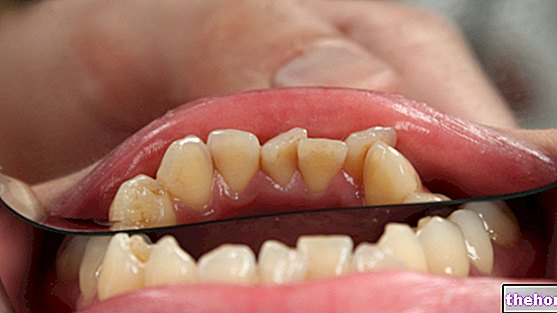
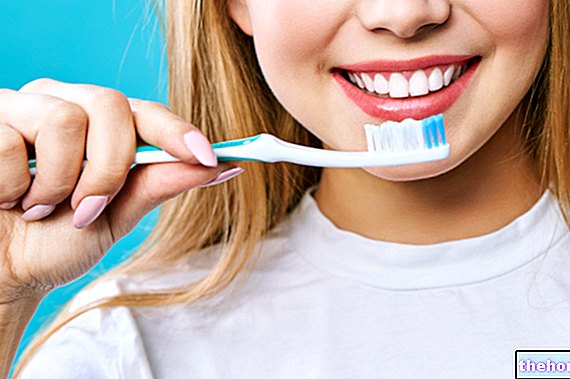
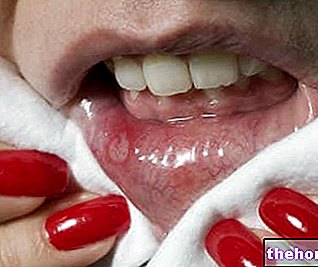
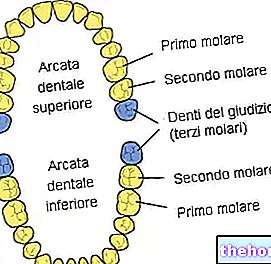

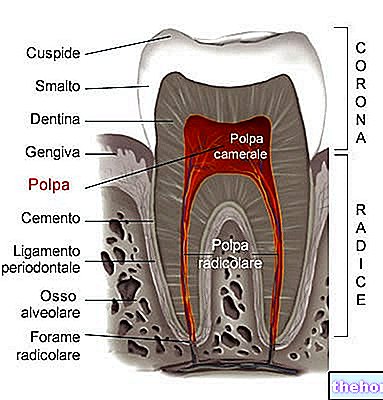
















-nelle-carni-di-maiale.jpg)




